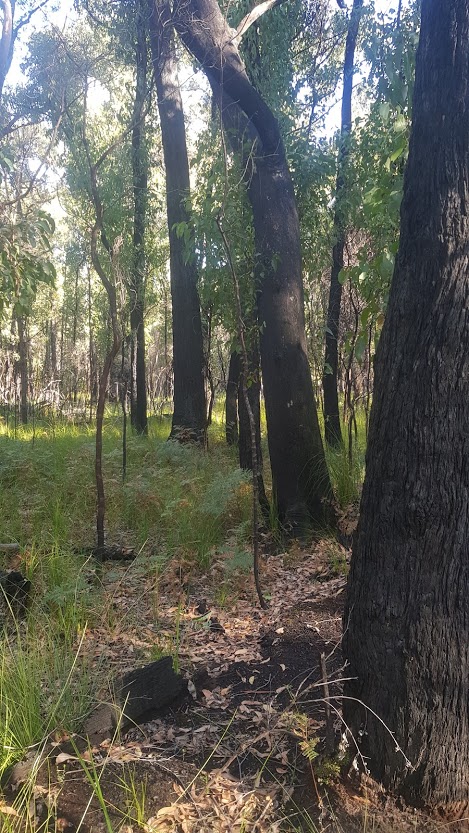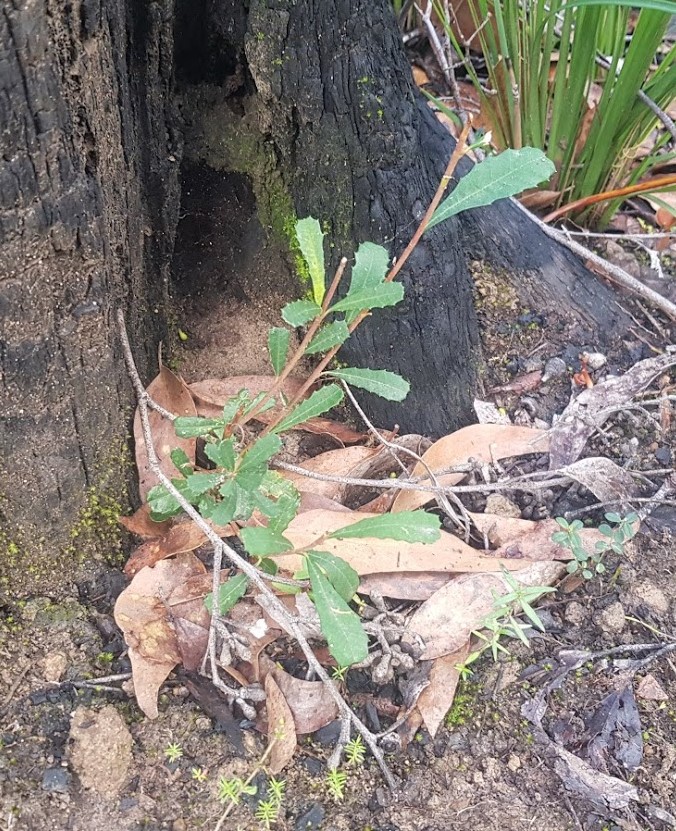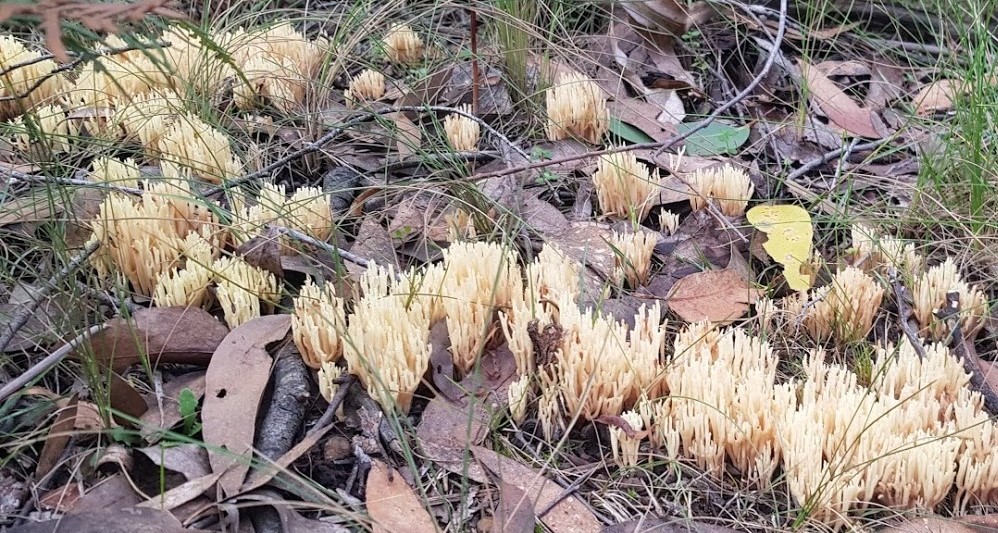Introducing Tom, tackling environmental weeds in Cobboboonee National Park
Hello there, it’s Tom here and welcome to my first blog for NGT. Well actually, my first ever blog! I’m a brand new addition to the NGT family.
My introduction to the Trust has been filled with meeting the NGT team and visiting a number of NGT Reserves, both in western Victoria and south-eastern South Australia. One thing that has struck me when visiting these reserves is the mammoth amount of ongoing work that is being done to return these sites back to a nature. So well done to our staff, and importantly, our valued donors and amazing hardworking volunteers. It fills me with excitement to be joining a team of environmental legends.
My main project over the next year will be undertaking woody weed control in Cobboboonee National Park, far southwest Victoria on Gunditjmara Country. This project is supported by the Australian Government’s Bushfire Recovery for Wildlife and Habitat Community Grants Program, which aims to help with native bush recovery after the 2019/2020 Black Summer bushfires. Our work is to combat and suppress the incursion of woody weeds within the 2020 bushfire sites and in a buffer zones around these areas, close to our brand new Mt Vandyke Reserve and the mighty Great South West Walk. Target weed species are Sweet Pittosporum, Radiata Pine, Sallow and Coast Wattle, Boneseed and Gorse – to name a few.
There were two wildfires in Cobboboonee National Park during the Black Summer. These fires started naturally from lightning strikes, with both the tree canopy and understorey vegetation taking a substantial hit. But I am delighted to report that 18 months on from the fires there has been considerable recovery of the Eucalyptus canopy trees, (Messmate stringybark Eucalyptus obliqua, Swamp Gum Eucalyptus ovata, and Manna Gum Eucalyptus viminalis).
The mid-level understorey trees species like Blackwood Acacia melanoxylon and Cherry Ballart Exocarpos cupressiformis and the lower understorey species of Prickly Moses Acacia verticillata, Prickly Teatree Leptospermum continentale, Sweet Bursaria Bursaria spinosa, Silver Banksia Banksia marginata were all but wiped out by the fire.

Epicormic growth on Eucalypt trees (photo: Tom Sheehan) 
Silver Banksia seedling (photo: Tom Sheehan)
On a pleasing note, countless numbers of native seedlings are popping up and if they can grow past the mouths of the hungry macropods, the burnt areas will bounce back to good health. The sedges are back in force in the low swampy areas and due to the cooler temperatures and increased rainfall at this time of year, there is plenty of interesting fungi in the forest as well.

To finish, I’m super excited to be part of the NGT team and I am very much looking forward to helping to conserve the natural environment in our focal area and restore natural balance back to the landscape.
If I don’t see you under a tree first, I’ll talk to you here next time. Take care of yourself and the environment.
Cheers, Tom.
